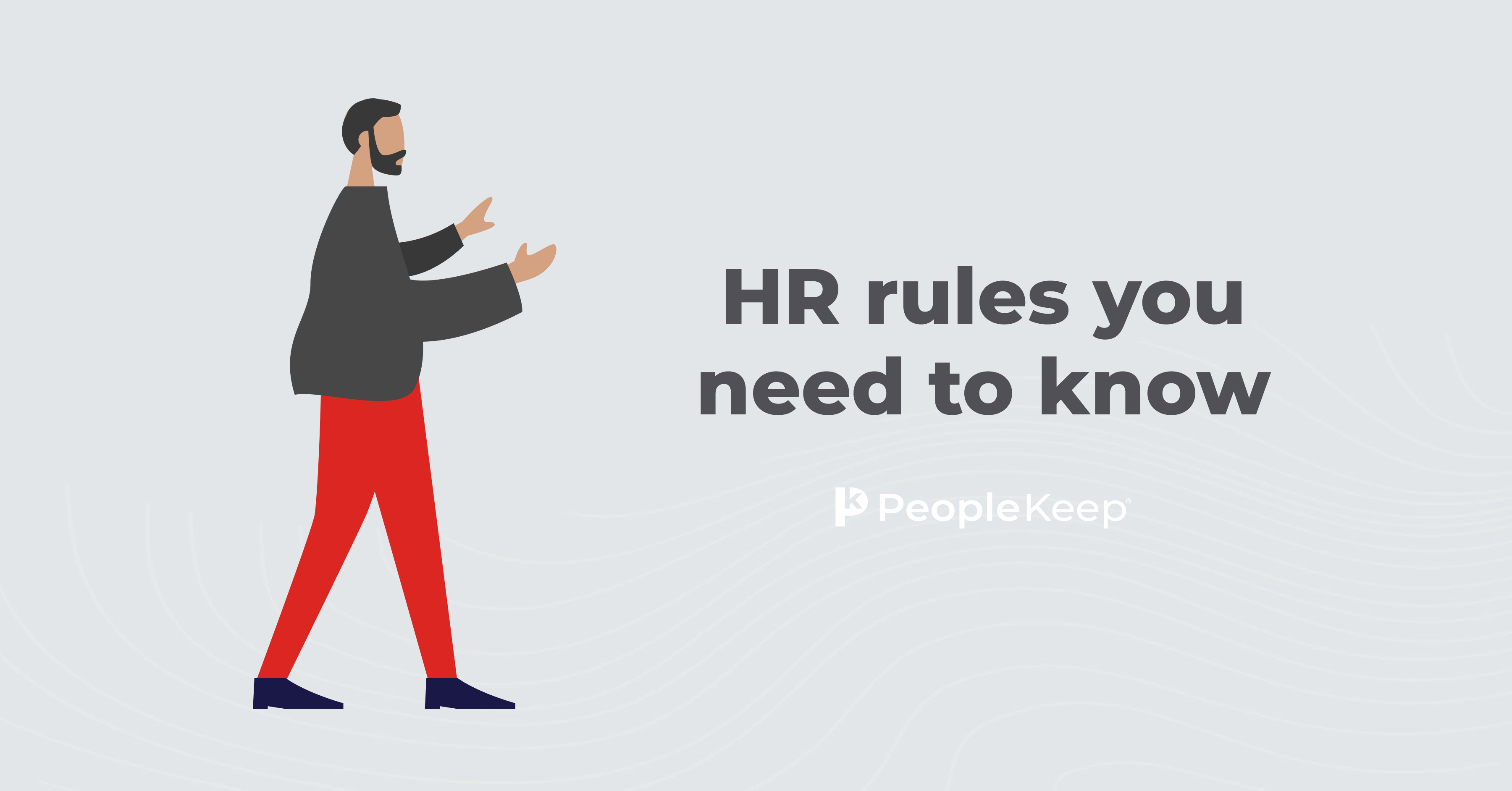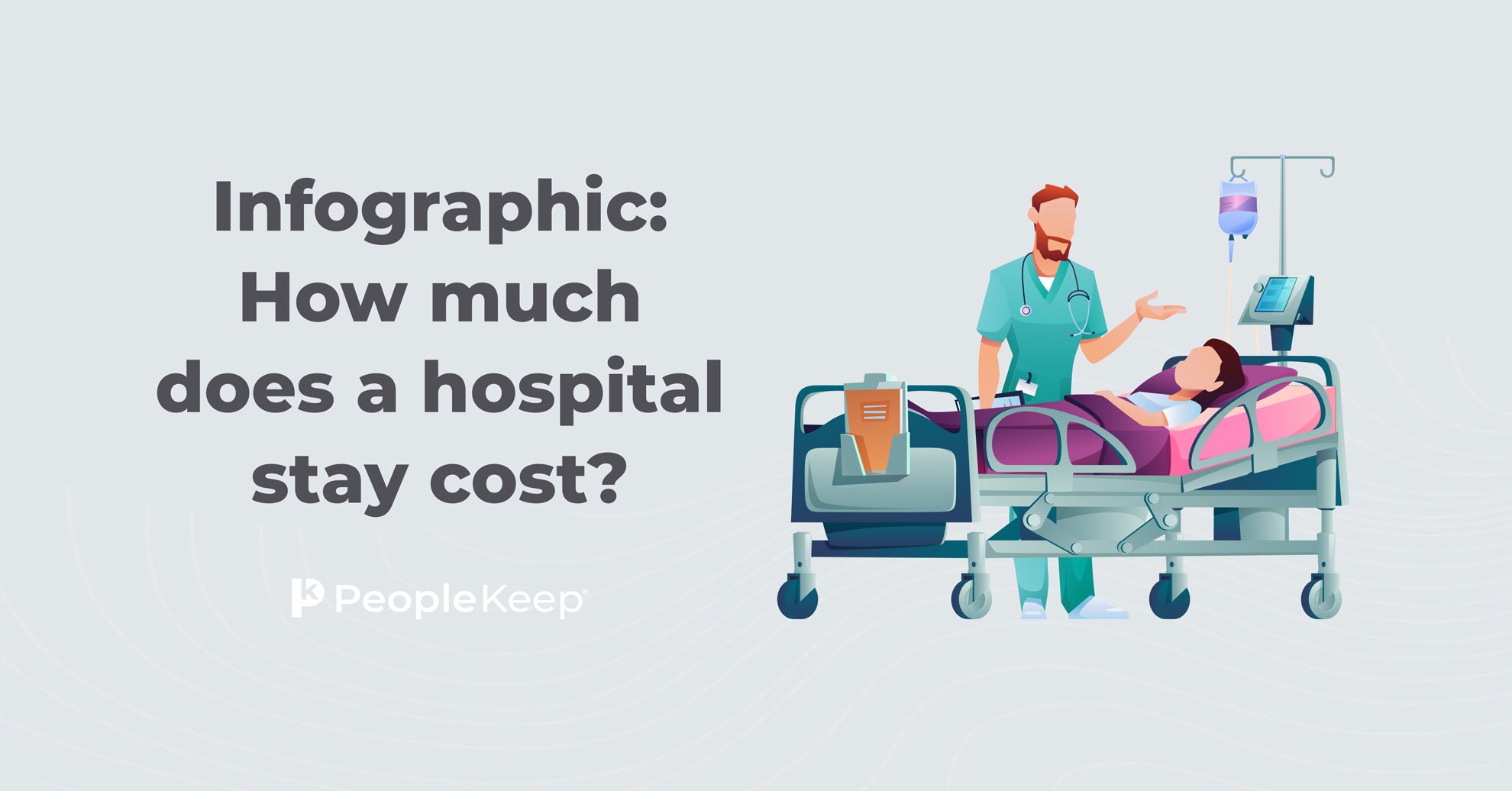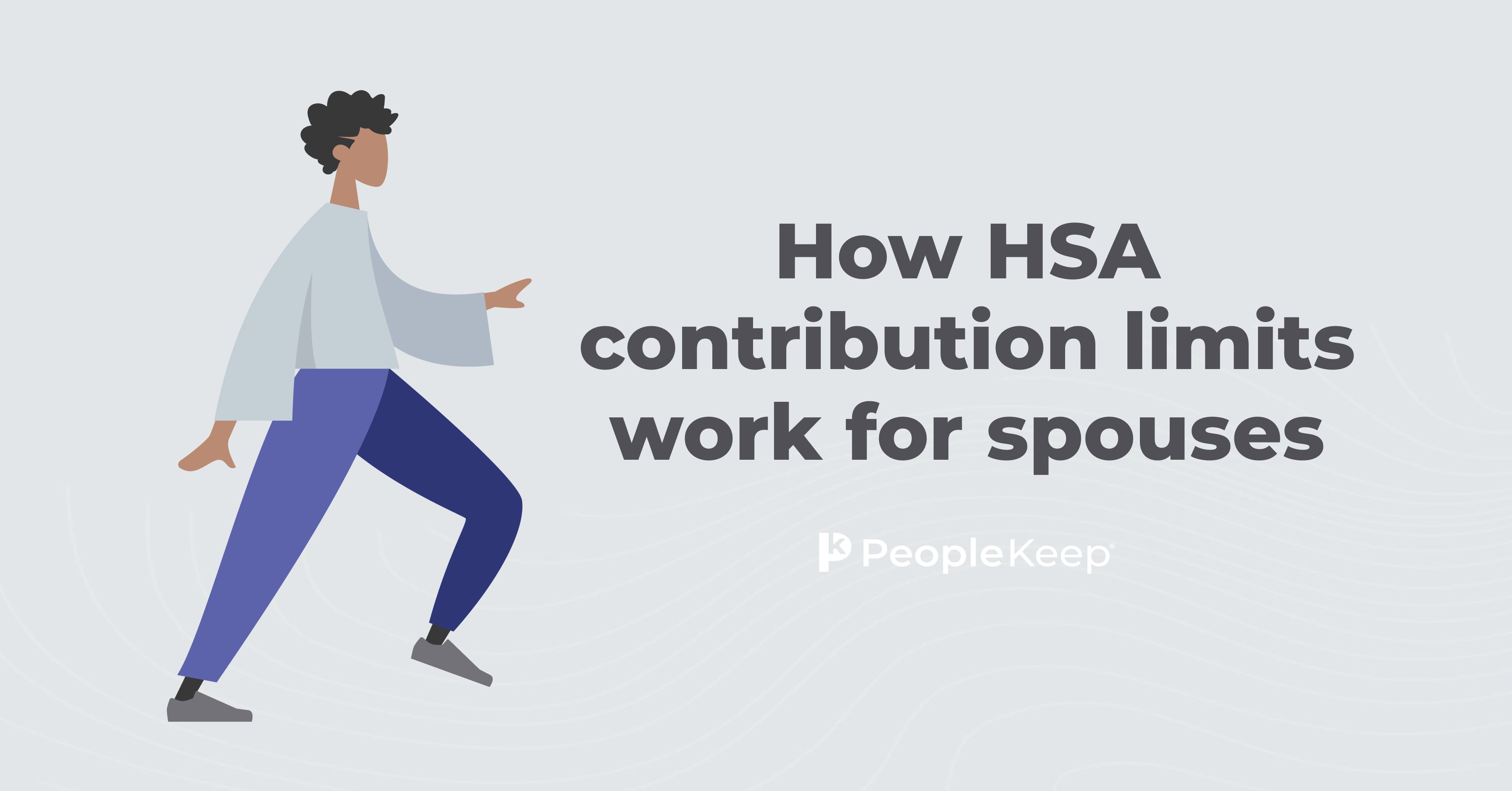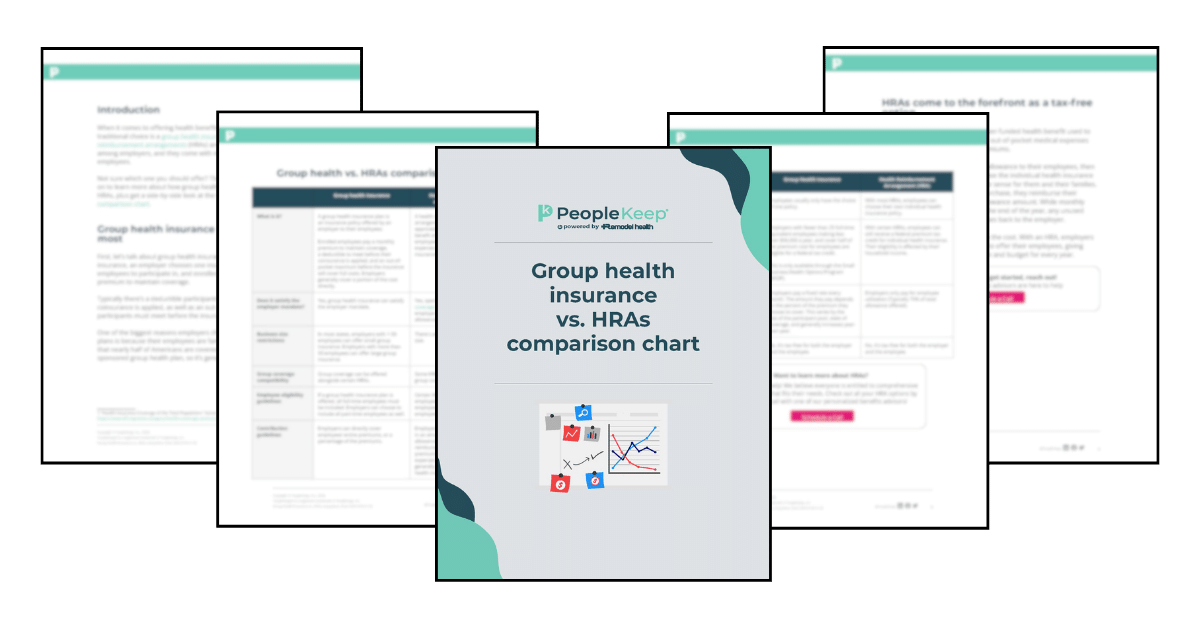
What is the CHOICE Arrangement? ICHRA could become CHOICE
Congress is considering legislation that includes an overhaul and rebranding of the ICHRA into the CHOICE Arrangement.

HR rules you need to know
Stay compliant with key human resource laws. This guide outlines essential HR rules every employer should know to manage teams and avoid penalties.

How to switch to your spouse's health insurance policy
Want to switch to your spouse’s health insurance? Learn when you can add a spouse to a policy, qualifying events, and steps to avoid coverage gaps.

Infographic: How much does a hospital stay cost?
How much does an ER visit or hospital stay really cost? This infographic breaks down average expenses and highlights why having the right coverage matters.

Why spousal benefits are key to employee retention
Spousal health insurance benefits play a key role in retention. Learn why covering spouses can improve loyalty, satisfaction, and long-term engagement.

Summary Annual Report for employee benefit plans
A Summary Annual Report gives an overview of your employee benefit plan’s financials. Learn what it includes, who must file, and key compliance rules.

Employee retention: The real cost of losing an employee
Employee turnover is costly. Discover the true cost of losing an employee and how improving retention can protect your bottom line and team performance.

What is a qualifying life event?
A qualifying life event lets you change health insurance outside Open Enrollment. Learn what counts and how it affects your coverage options.

5 advantages of individual health insurance
Individual health insurance has a range of advantages, from comprehensive coverage to the ability to tailor your plan to your needs. Find out more in this guide.







